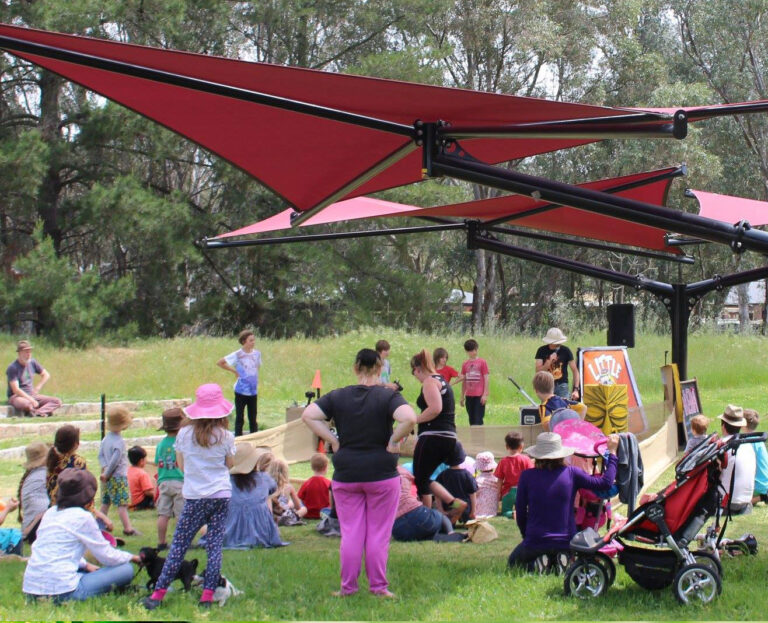Programs
Our programs of action arise from our vision and priorities as documented here. We try to update this every five to seven years based on our current members.
Our Vision is: “A Community Asset – a healthy, restored environment, linked with nearby habitat, actively used and cared for by the community and visitors.”
To guide our restoration we use the best available science and historic writings like the following by Joseph Parker who recalled[1] that in 1846, before the gold rush, Campbells Creek was::
… a scene of beautiful, crystal-like waterholes[2] … every water hole was teeming with fish[3] and flocks of ducks. On the slopes and hills on either side of the creek, stood evergreen trees … of golden, silver, and black wattle, many … in full bloom, also blackwood, sheoak and honeysuckle[4], on which could be seen, in clusters, the large square-headed locusts[5], with their beautiful silvery wings …. On the flats the meadow was in many places two and three feet high with buttercups, native daisies, soldiers’ buttons, and everlasting flowers, and many other beautiful and highly-scented flowers. Flocks of black-breasted quail[6], and now and again the rainbow lark[7] would rise on the wing, and give forth its beautiful nightingale-like note, that would charm the weary traveller. There were also many beautiful birds to be seen …. In the distance could be seen kangaroos[8] and emus[9].”
Truly this Campbells Creek might at that date, from its general configuration, and evenness of its undulating hills, together with the luxuriance of its vegetation, and animal life, have been called nature’s paradise.”
Other writers reported that tree ferns were present in sheltered valleys like Moonlight Flat.
From the 1850s goldrush onwards, the creeks and the entire catchment have suffered enormously damaging changes.
We aim to make positive change through our five programs listed above.
[1] Quoted by Ray Bradfield in ‘Campbells Creek—some early history’ a small booklet still in print and available in Castlemaine.
[2] . In much of southern Australia, the original state of many creeks was described as a ‘chain of ponds’ connected by swampy vegetation. There was no continuous, single creek channel and most of the time, no surface water flows were visible. Instead, water filtered between the ponds, seeping through the swamp soils. A remnant of this black swamp soil can still be seen along Campbells Creek, where it is overlain by pale coloured sediments deposited since European settlement.
[3] According to fish experts, Campbells Creek would once have had Australian Smelt, Flat-headed Gudgeon, Obscure Galaxias, River Blackfish and possibly Murray Cod, Bluenose Cod, Eel-tailed Catfish and Macquarie Perch. These all became extinct in the creek, but Flat-headed Gudgeon and Obscure Galaxias have returned and been reliably identified in 2018-19.
[4] Honeysuckle, now called Silver Banksia is almost extinct in the Castlemaine district. The Friends of Campbells Creek are reintroducing it from remnants at Harcourt, Barfold, Kyneton and Natte Yallock.
[5] Elsewhere, Parker’s writing identifies the ‘locusts’ as Redeye Cicada (Psaltoda moerens) which is still common along the creek.
[6] Today no bird species is named ‘black-breasted quail’. Perhaps Parker meant King Quail, also known as Blue-breasted Quail. It is a species of densely vegetated swamps and is now endangered in Victoria due to habitat destruction.
[7] Rainbow Bee-eater hasn’t been observed near the creek for many years but is still present in the Castlemaine region.
[8] Eastern Grey Kangaroos are common in parts of the Campbells Creek district, but surprisingly, are rarely seen along the creek itself. Black Wallabies are still common.
[9] The last wild Emu in the Castlemaine district was shot in the late 1800s.





